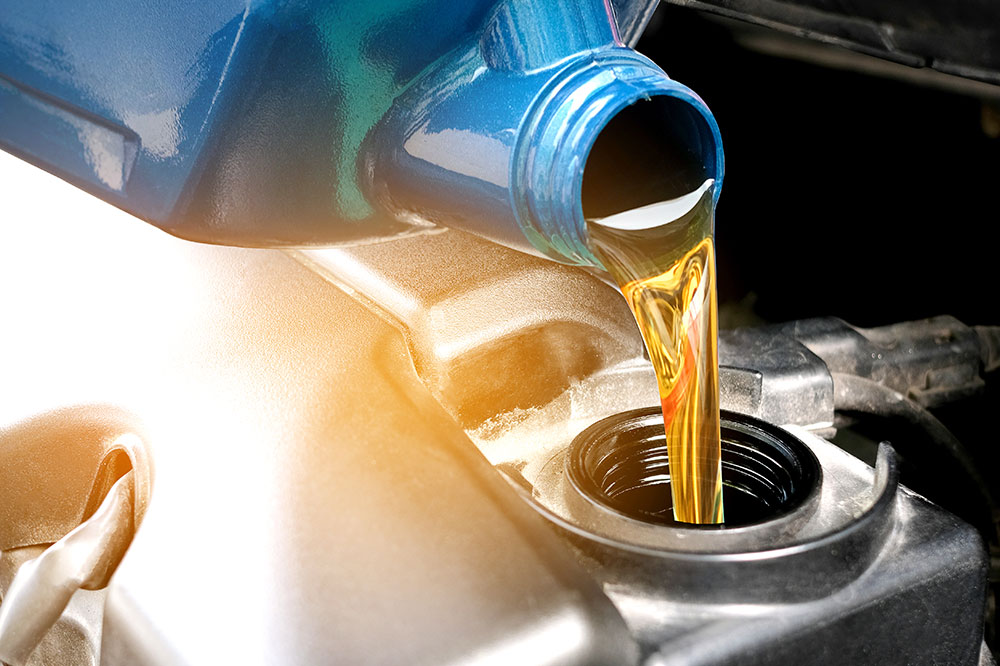5 all-inclusive luxury cruise lines for a memorable vacation

A luxury cruise is your best escape strategy for a much-needed break from life on land. Besides the obvious “breath of fresh air,” the curated spa treatments, impeccable hospitality, varied interactions, and sightseeing can do wonders for your mental health. But choosing the right luxury cruise is crucial for a safe, fun-filled holiday with your loved ones. Here are some all-inclusive luxury cruises to consider for your next sea retreat. Seabourn This classy all-inclusive cruise offers world-class luxury amenities, from ocean-view suites and specialty restaurants to spa treatments, salons, and incredibly fancy open bars. The impactful mindfulness training sessions in collaboration with Dr. Andrew Weil, a renowned expert, only add to its splendor. Viking Viking is your answer to a fulfilling sea expedition with a host of amenities on board, including 24×7 room service, a thermal suite spa, elaborate meals, supremely luxurious cabins, and complimentary ground transfers upon purchase of airfare through Viking, to name a few. Silversea Want to travel the world in relatively small but highly vibrant ships? Silversea Cruises has you covered. Gratuities, open bars, in-cabin bar setups, specialty restaurants, fitness sessions, and shuttle service on land are just some benefits. Passengers may opt for port-to-port or door-to-door travel, the only difference being that the latter offers international economy airfare and airport transfers facilitated by private executive car services.






